Which Camera Angle Has The Effect Of Making Its Subject Seem Small
Back to All Articles
Agreement Shot Angles and Levels
*Updated Feb 2022 When looking back through motion-picture show history, it's astonishing to think about how much of what defines our favorite types of camera shots or moments comes from psychology. I mean, how do camera shots actually work? And what is it nigh some of the most iconic ones that make us feel a sure way? After all, films and telly are nothing more than than two-dimensional images moving on a screen. Merely with the right composition, lighting and camera shot design they can at times be emotionally devastating, heartwarming, or downright terrifying. For those only starting off in film and video, you might be surprised to learn that one of the nigh disquisitional elements for shaping how a shot makes an audience feel comes down to photographic camera angles. When coupled with other thematic effects, photographic camera angles tin can plow your characters into either lovable friends or menacing monsters. Allow's explore the fascinating psychology behind shot angles and how you too tin can manipulate emotions and create interesting compositions with these 9 integral shot angle types: Simply put as a definition, a shot angle is dictated by where the photographic camera is placed in relation to the graphic symbol or subject. If a photographic camera is pointed directly directly and perpendicular to the ground, it's a ninety-degree angle. If it'southward pointing up or downwardly, it's at an angle. As yous can see in the video higher up (which is a swell primer on what camera angles are and how they piece of work), camera angles are i of the most crucial building blocks to cinematography overall. There'due south besides a lot more than going on behind the scenes than just adjusting the elevation of your tripod, though. Camera angles inform the psychology behind how nosotros perceive a shot as well as any characters or objects in the scene. For instance, high-bending shots are traditionally thought to make the characters look small or weak. Whereas depression-angle shots have often been used to make characters look large and powerful. Even so, it goes much deeper than that. Our first camera angle is the aforementioned high-angle shot type. What is this photographic camera shot, you ask? Well, it'south only a shot where the camera is higher than the subject of the composition. The photographic camera is angled down and presents the subject area in a way where the viewer feels the height above. You can run into an case in a higher place in this famous scene from The Shawshank Redemption. Although it's important to annotation that this would exist considered an extreme example of this shot blazon. (You lot could make the argument that it'south fifty-fifty more than of an overhead, god's-eye, or bird'southward-middle shot type, but nosotros'll get to those later.) But regardless, it's a slap-up example of what happens when the photographic camera angle is upwards college than the subject and looking down. In this example, the field of study at least has his head dorsum and face upward — otherwise y'all might not get to see a full expression. The psychology behind high-angle shots can vary from limerick to composition. But in general it'due south often associated with making the viewer feel more powerful while the subject appears smaller and less in control. This instance higher up though does a mix of both as our hero has finally emerged free from his captivity and is in celebration. Meanwhile we spotter from above and both feel for him and also gauge him. Conversely, low-angle shots are shot types where the camera is placed lower than the subjects with the lens angled upward. This creates a perceived effect of making the viewer feel lower and at the mercy of the discipline (or subjects), while the subjects announced stronger and more than in control. We have an example above of a low-angle medium shot from Pulp Fiction (which itself is a favorite trunk shot from managing director Quentin Tarantino). This shot in particular is a good sit-in of an extreme low-angle shot, every bit the camera makes the viewer feel similar they're literally inside of a motorcar body looking upwardly at these characters. The psychological upshot is that Jules and Vincent (the ii characters) appear both menacing and powerful while the viewer feels a bit uneasy and helpless. This foreshadows how the next few scenes will get for other characters in the story. Moving on, nosotros need to at least talk nigh your standard non-angled shots. While you could easily fence that pretty much any shot type will have some degree of angle, there is at least a theoretically regular or "medium" shot type which is close to eye (or face) level. These shots are important to go on in mind as they should at least be differentiated from other angled shot types similar loftier, depression, canted, or other styles. We'll also become a bit more into camera levels below to requite you an idea of how not only the angle is important, but also the height. Equally one of my favorite shot angles and types, the Dutch angle shot (also called a "canted angle" or "oblique angle" shot) is ane of the nearly powerful photographic camera bending tools in any cinematographer's arsenal. The Dutch angle is accomplished by rotating the camera on its roll axis to a caste. (You can call up nearly information technology as putting some paper-thin underneath 1 side of your camera and then it sits unevenly on a surface). Allow'southward wait at the case of the Dutch bending in action in a higher place in a scene from Dice Hard. As you lot can come across, the camera is angled a fleck to its right, which makes what would take been perpendicular lines in the composition appear crooked (or canted). This video provides more insight into Dutch bending shots, their history, and how you can utilize them. The psychological effect is quite unnerving. The audience tin sense that something is awry, as things quite conspicuously are non lining upwards and so to speak. In the context of this scene, our villain Hans Gruber is pretending to exist someone he's not, and our hero appears to exist wrongfully trusting him. Every bit mentioned earlier, an farthermost version of the high-bending shot is the overhead shot (likewise called a god'southward-eye shot, bird'southward-heart view shot, or aerial shot). Similar to a loftier-angle shot, the overhead bird's-eye-view shot is meant to be framed where the audience is looking down at the discipline. Here'due south a great example of an overhead shot from The Master. Equally you can come across, P.T. Anderson has put his camera high above his subject so that the photographic camera appears to be looking straight down. This is a truly creative frame as the limerick allows for there to be plenty of information in the foreground (our subject) and in the background (the sailors below). The psychological effect of such camera angles is one of omnipresence, hence the "god'south-middle view" moniker. When looking directly downwards at a subject, the viewer feels a new level of disconnectedness, almost every bit if they are an impartial observer. In that location is also a heightened sensation of the setting and a grapheme'due south surroundings and how they play into the character's psyche. Those are really the main camera angles which any filmmaker or video creator should consider when starting on a project. However, as I alluded to earlier, the next factor (in addition to camera angle) that you should consider would be photographic camera level. Similar to camera shot angles, photographic camera levels are some other cardinal chemical element in a shot'due south composition and cinematography. Just put, a camera level (or shot plane) is the tiptop of the camera off of the floor. There's of form a bit more to it than that basic definition, peculiarly once you outset calculation in camera shot angles to these different levels and planes. However, to keep things unproblematic let's take a look at some of the unlike shot levels which you lot tin can experiment with and how they might inform your cinematography. Going dorsum to our "medium" or standard camera shot type, eye-level shots are often thought of as the best starting point for but framing up a "regular" shot. Information technology makes sense too, as eye-level would most closely mirror how a person would normally perceive the world. By setting your camera at what would be your natural center-level, the psychology behind the photographic camera shot allows for viewers to feel a natural connection with your bailiwick or subjects. From there, you tin experiment with adding unlike photographic camera shot angles, still if y'all truly desire a basic setup for simple YouTube videos or a boilerplate film scene, this should be your beginning choice. Y'all can see an example of a sitting-eye-level shot above in this YouTube video. Alongside eye-level shots, yous could also consider sitting-eye-level as a separate (or the same) camera shot type. Looking specifically at many idiot box shows or YouTube videos where you have i subject directly addressing the camera and audience, these subjects might ofttimes be sitting down. Unless you want your photographic camera to be a bit imposing as y'all angle down at them, information technology is of course understandable to adjust your camera to a lower position to match your subject's sitting eye-level. Every bit we keep down from the sitting-level shot, you may discover that there are occasional reasons to position your camera at even lower levels. Take for instance the knee-level shot, which you might only discover these days as a convenient manner to frame a low-bending shot where the camera is directed back up at subjects sitting or standing. However, if y'all await back through movie theatre history, you'll discover that certain directors (most notably the Japanese director Yasujirō Ozu) use articulatio genus-level shots as a manner to allow the audition to view a scene from a position every bit if they were kneeling on a tatami mat. And as such, the genu-level shot has even been called a tatami shot over the years as an homage to the famous director'southward style. Finally, while these might indeed be rare, y'all'll besides find examples of footing-level shots (or fifty-fifty lower) from time to time. These camera shot types are most often reserved for gimmicks or POV style compositions where the camera is moving forth the floor equally a way to simulate the actions or viewpoints of someone or something. Still, you lot can also use these ground-level shots as a fashion to actually push the limits of but how extreme a depression-angle that y'all can create if y'all really desire to experiment with how tall and mighty you might want your subjects to appear. While there are technical reasons to use or not use certain camera angles, they are nearly valuable as pieces of visual storytelling. The angles and levels yous choose let yous steer the viewer's attention and fifty-fifty their emotions. Equally a filmmaker, that turns trying out different techniques into a fun and creative experiment. Then, while it'southward of import to learn the lingo and study from history, feel free to experiment with these different camera angles as yous shape your ain path. If you lot'd like to read upwards more on other camera shot types and cinematography tips and tricks, cheque out these articles below.9 shot angles and levels used in production
What are shot angles?
High-angle shot
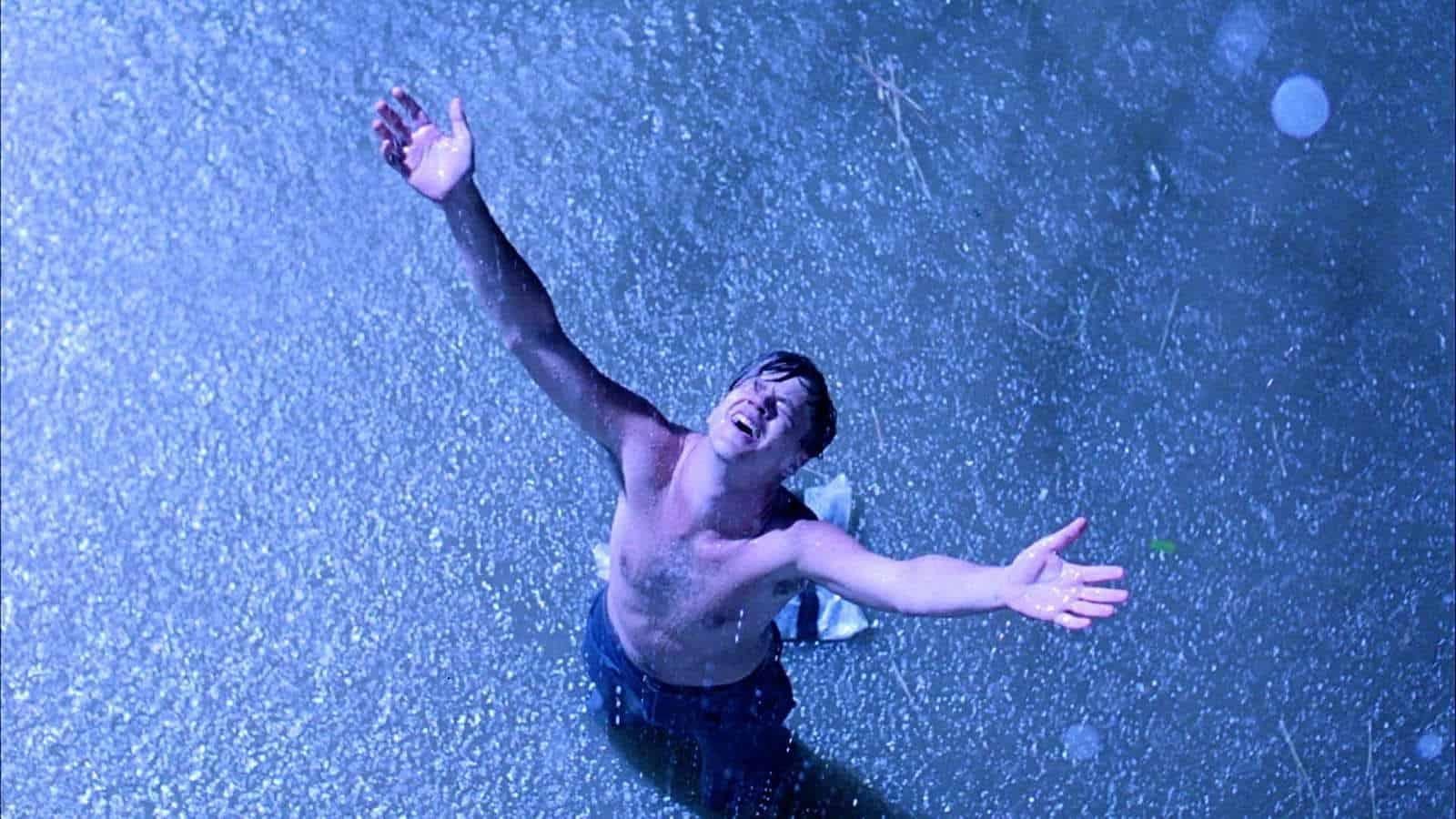
Low-bending shot
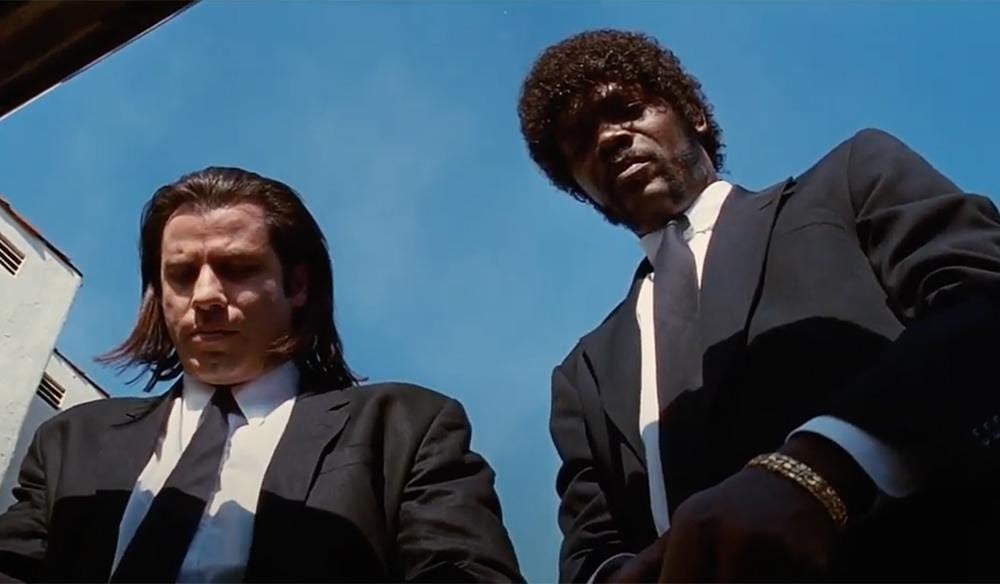
Medium shot (eye-level shot)
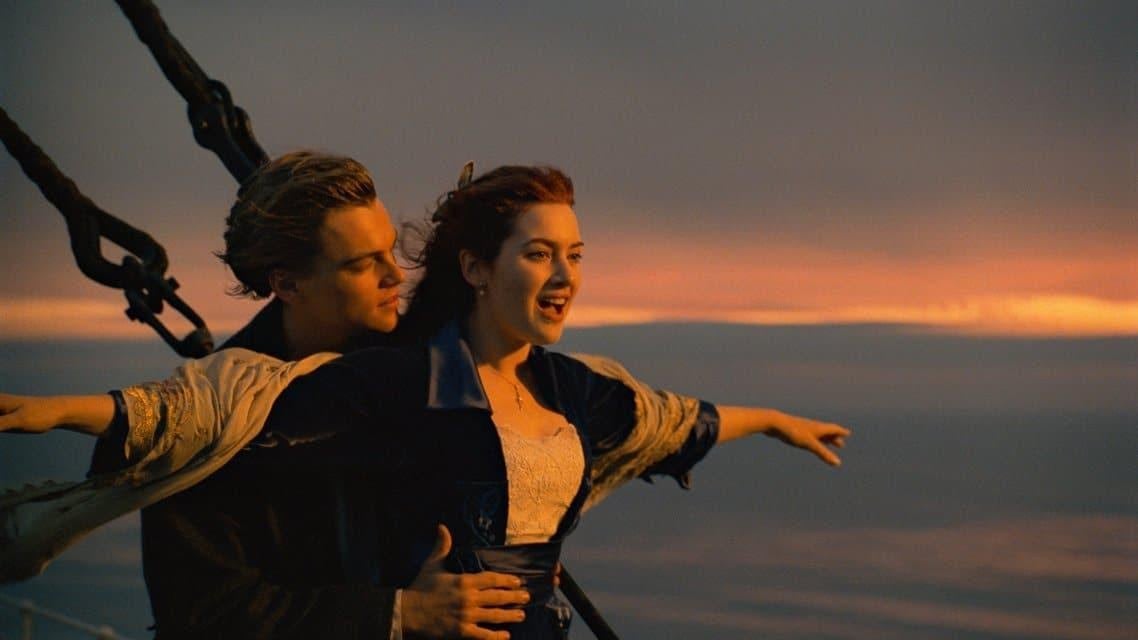
Dutch (canted) angle shot
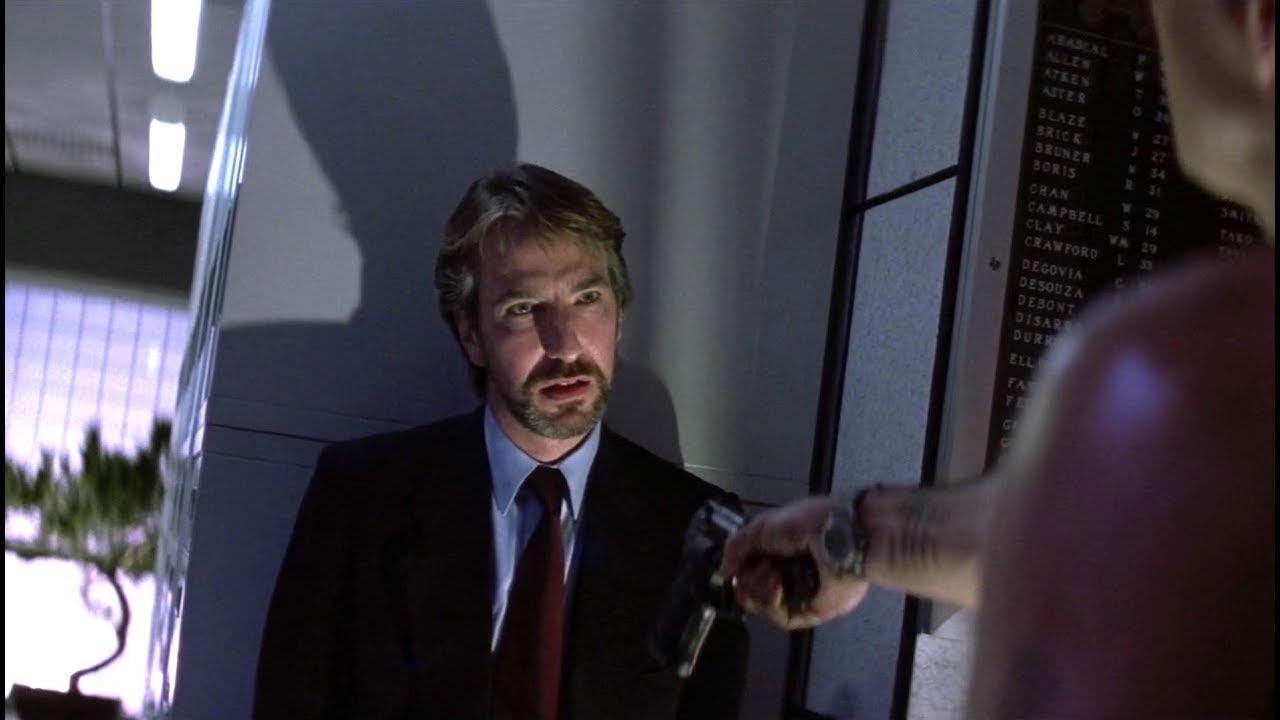
Overhead (god's-eye or bird's-heart) shot
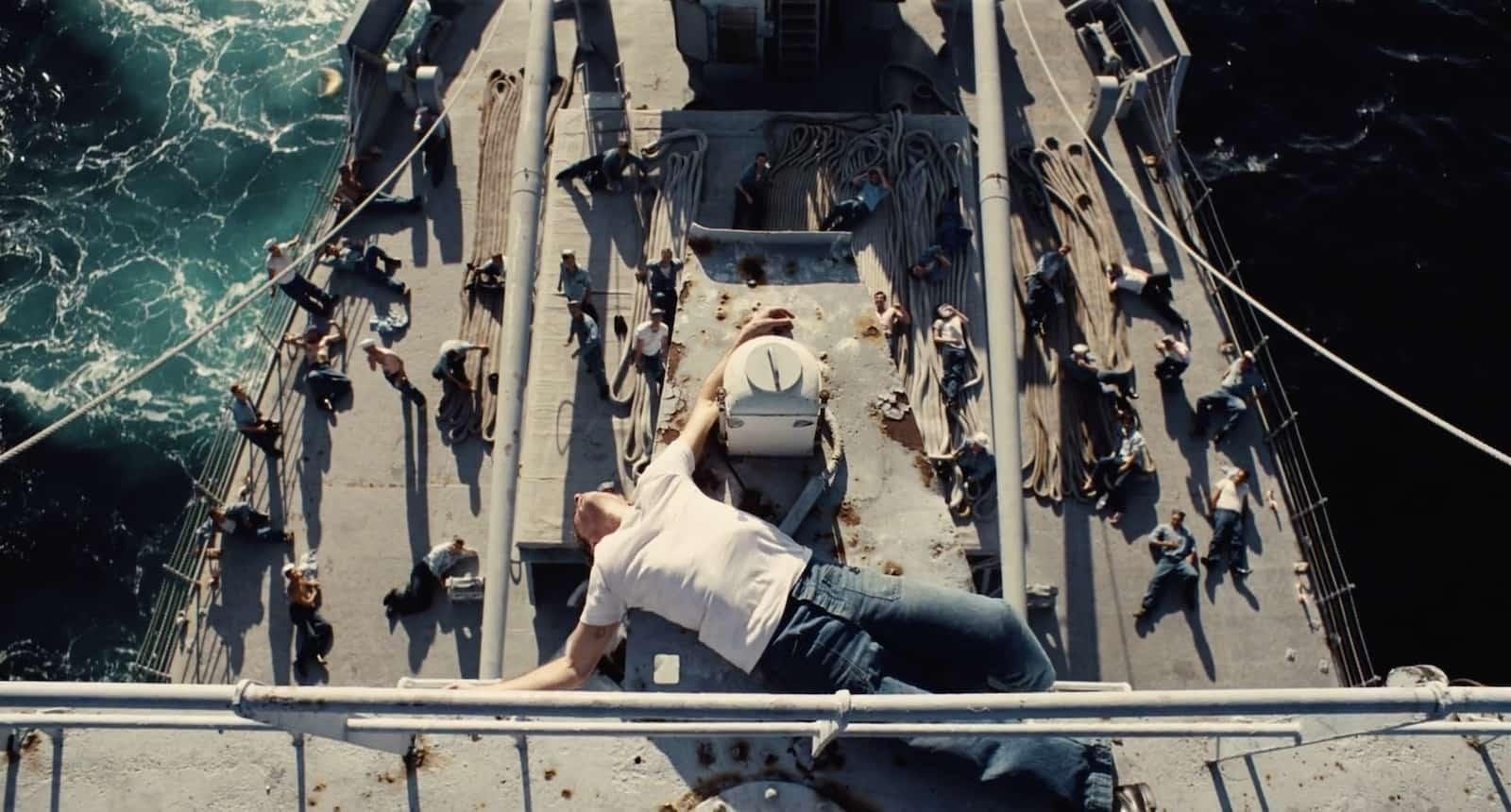
What are camera levels?
Center-level shots
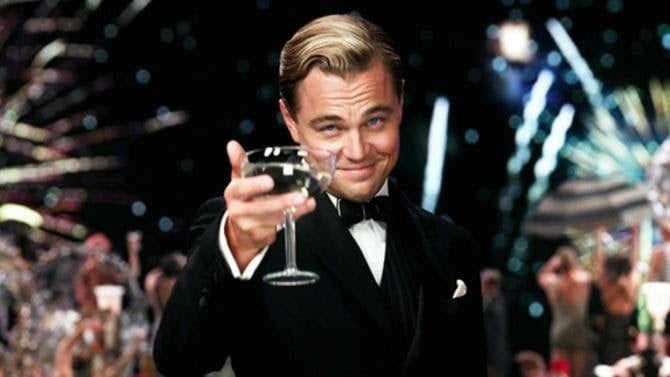
Sitting-level shots
Knee-level shots
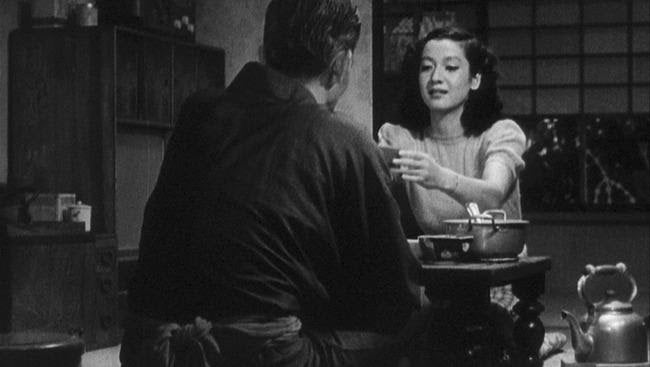
Ground-level shots
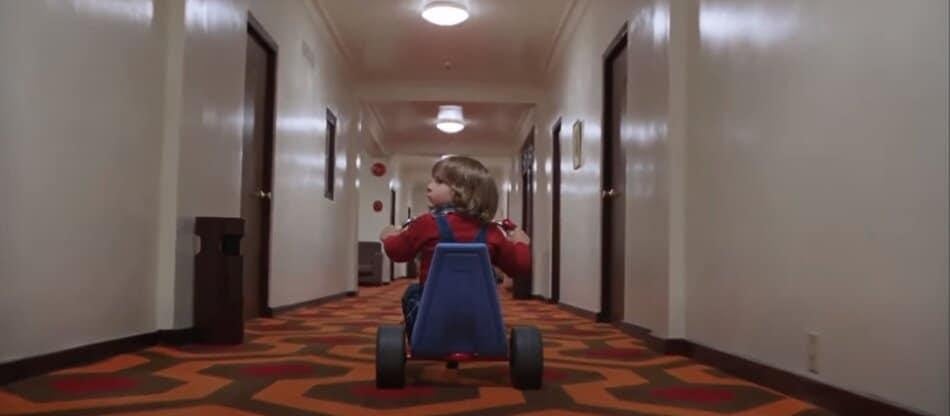
Further reading
Source: https://www.soundstripe.com/blogs/understanding-shot-angles-and-levels
Posted by: morrislikendooked1945.blogspot.com

0 Response to "Which Camera Angle Has The Effect Of Making Its Subject Seem Small"
Post a Comment